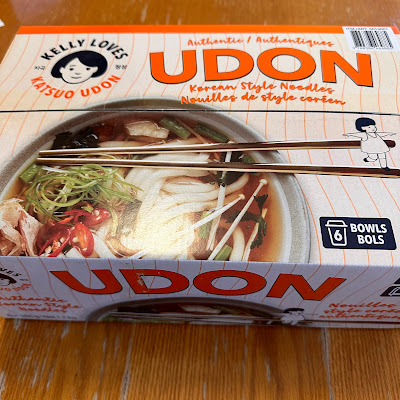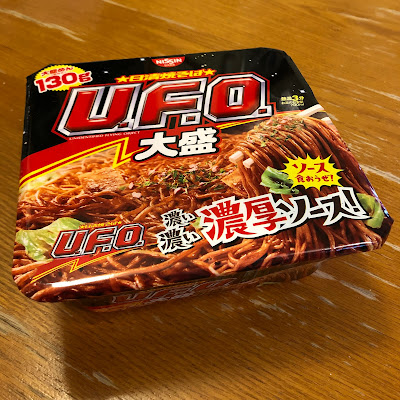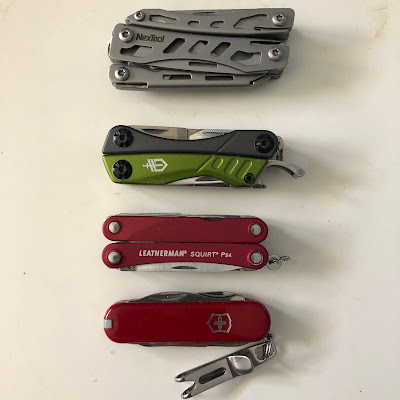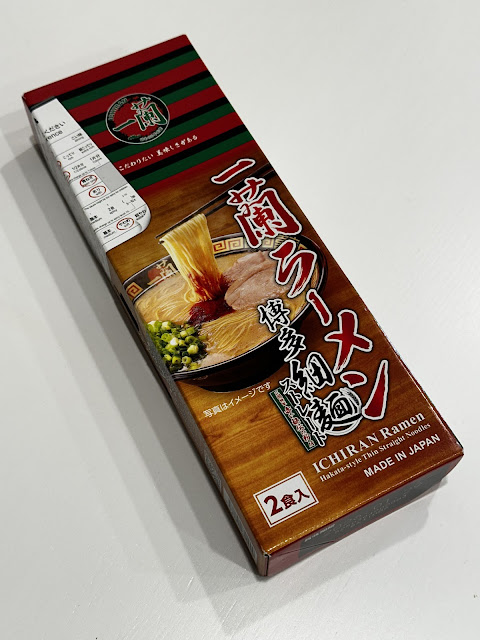I like Kelly Love Udon noodle cups! Yup. Came out and said it. Actually, I'm glad I like them because I bought a box of six from Costco. It would have sucked to find that they were not to my liking as they weren't super cheap. I think the box cost $18.99 Canadian, so it works out to about $3.16 per cup and you get a big cardboard packing box for free.
I'd actually never heard of this brand before as it started in the UK / Europe according to their website. It was started by Kelly Choi who is an entrepreneur
with a passion for flavors from the Far East. She was born in Korea, studied in
Japan, and now has flourishing businesses in Europe, including chain of restaurants called Sushi Daily. Through Kelly Loves, she shares snacks
and meals that evoke memories from her heritage. Kelly
Loves focuses on authentic Japanese and Korean cuisine, offering
hand-picked, premium products. Some of the Korean instant noodles in her lineup include Seafood Ramen,
Katsuo Udon, and Kimchi Ramen.
 |
Costco Box of Udon Noodle Cups. These are big cups so it isn't a small box.
|
Before I even opened the box I could tell from the weight that the udon noodles were fresh packed so that they did not need rehydration. You can buy these shelf-stable udon noodles at almost any supermarket these days for like a $1 a package. This type of udon noodle comes in a vacuum sealed pouch of thick plastic and can sit in your cupboard for usually at least a year from the production date. I've used these types of udon before and they often need to be boiled to loosen up the noodles and then drained. You need to drain the water unlike other instant soup noodles because citric acid is often used as an anti-oxidizer and preservative so they can be tart without this step. I was a little worried about this with these cups, but it turns out that the udon in these cups is not tart like the ones I've tried in the past. The shelf life was still over a year from the time I bought it too!
Udon noodles are a thick kind of wheat noodle made of wheat that are used in Japanese cuisine. They are pale or white in colour and often served in a soup made of dashi-based broth. These noodle cups pretty much serve them this way with some veggies, fried tofu bits, and katsuobushi. I've had fresh udon for breakfast in Tokyo this way with green onions and tempura in the past. Wikipedia has a good article on udon here.
 |
You get 6 cup in a box.
|
 |
One of the cups lifted up with the saftety seals around the lid.
|
 |
3/4 view of one of the noodle cups.
|
 |
Front view of the Katsuo Udon cup. There is a nice little stylized picture of Kelly in black and white line art. The bottom of the front shows the udon noodles, toppings, and soup pretty accurately. The faint pinkish? orangish? pastel background graphic is clean and could be simulated wood grain.
|
 |
Lots of information about Kelly and the product. Like reading the back of the cereal box!
|
 |
There are many directions. I didn't microwave. I used boiling water to prepare it.
|
 |
Nutritional information. Lots of energy from carbs!
|
You can tell that using dried or fresh packed noodles really reduces the fat content. There are only 2 grams of fat in this, but there is quite a bit of salt, although the dashi broth doesn't really taste super salty to me. If you are worried about the salt, just don't drink the broth or reduce how much you drink.
 |
Inside the cup is a red sachet containing a freeze-dried veggie / tofu block, the udon noodle package, a sachet of katsuobushi, and a packet of concentrated dashi-based liquid soup.
|
 |
Everything taken out of the cup. The cup needs to be big to store it and for you to add enough boiling water for the soup.
|
 |
The tear notch for the udon noodles. These are tough bags to tear (probably a good thing to preserve the noodles better). Use scissors or carefully use a knife to open.
|
 |
The liquid soup base at the bottom with the freeze-dried block and the noodles in the cup. It is hard to stuff the noodles into the cup. When preparing these noodles, you need to rip or really bend the noodle block to fit it in. You will need clean hands to do this!
|
 |
I added boiling water up to the fill line and broke up the noodle block as the water loosened the noodles. They are pressed together pretty hard to start. Put the lid on and let it sit for 3 minutes or bit more. The udon is not going to get all that soggy.
|
 |
Once the noodles were broken up and heated through with the boiling water, I added the katsuobushi flakes to give extra umami and protein to the soup. You can see the veggies rehydrated nicely.
|
The katsuo udon cup was pretty tasty. I was expecting the noodles to be tart, but they were not to my surprise. This product is also made in Korea and I'm thinking there is a better manufacturing process now? The udon noodles separated well, were thick, had a good bite and chew to them as expected. They tasted much like fresh udon with a flavourful dashi-soy based soup providing the flavour boost. It is a simple, but filling dish to eat.
The soup was good, smelled like dashi as expected, and the toppings added some colour to it. Adding in the katsuobushi flakes (made from fermented and smoked skip jack tuna ) provided a flavour boost of umami to the soup. The little pieces of fried tofu were nice and a bit spongy like fried tofu is. The included veggies were a treat with seaweed and crown daisy. I don't think I've had crown daisy before in a soup and both leaves and stems were present and not tough to eat at all. Having the freeze-dried veggie block is a very nice addition and provided more vegetable content than many instant noodles.
Overall, these cups are a pretty good value, especially from Costco. The components are pretty premium for an instant noodle type soup and I'm going to pick up another box the next time I visit Costco. I don't expect these to be a regular item there for the long haul so I'll get them while I can.
 |
Closeup of the udon, tofu, and veggies.
|
Follow me on Twitter or Instagram at @Tostzilla or my feedburner.
More snacks, ramen and Japanese pop culture.


























Comments
Post a Comment